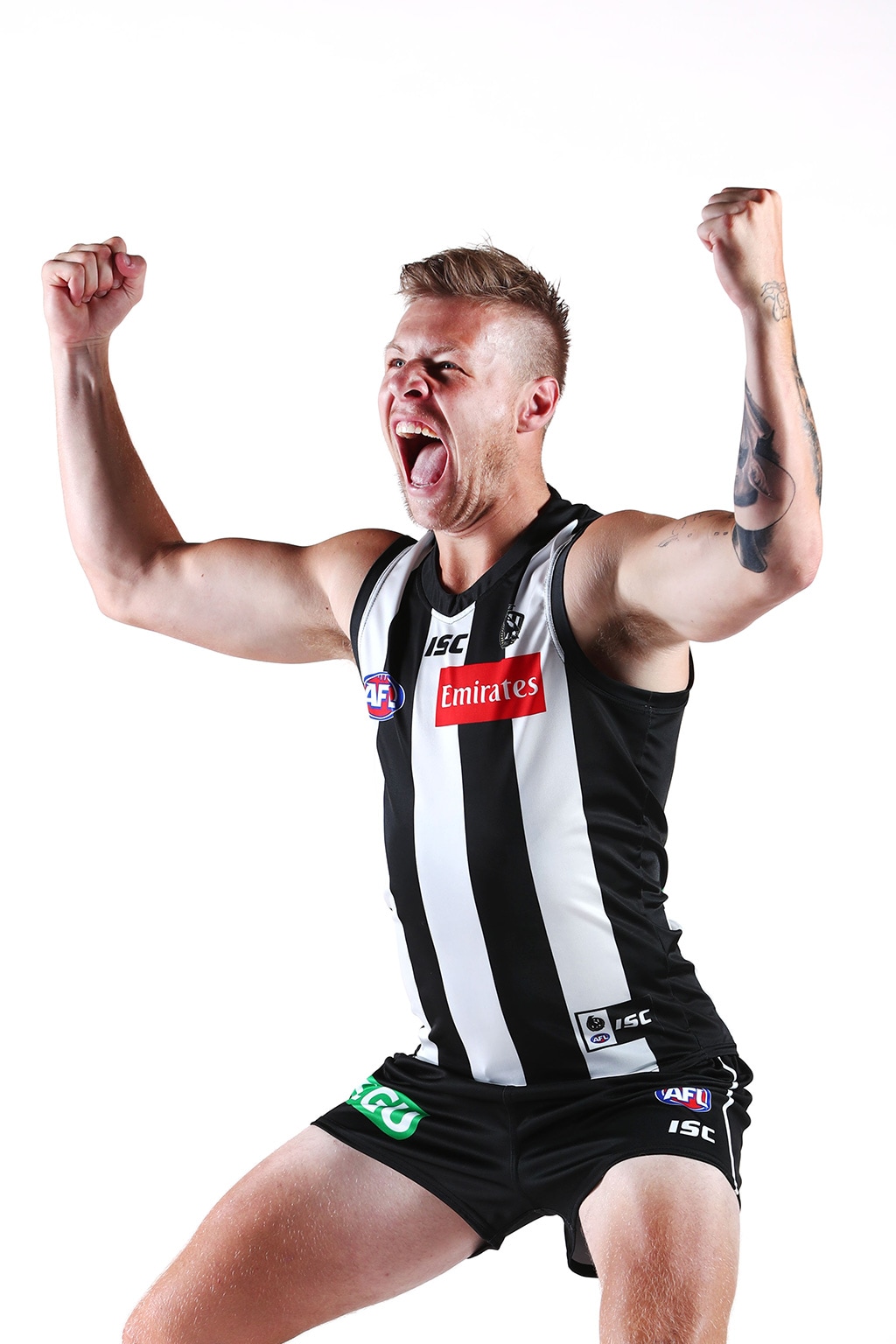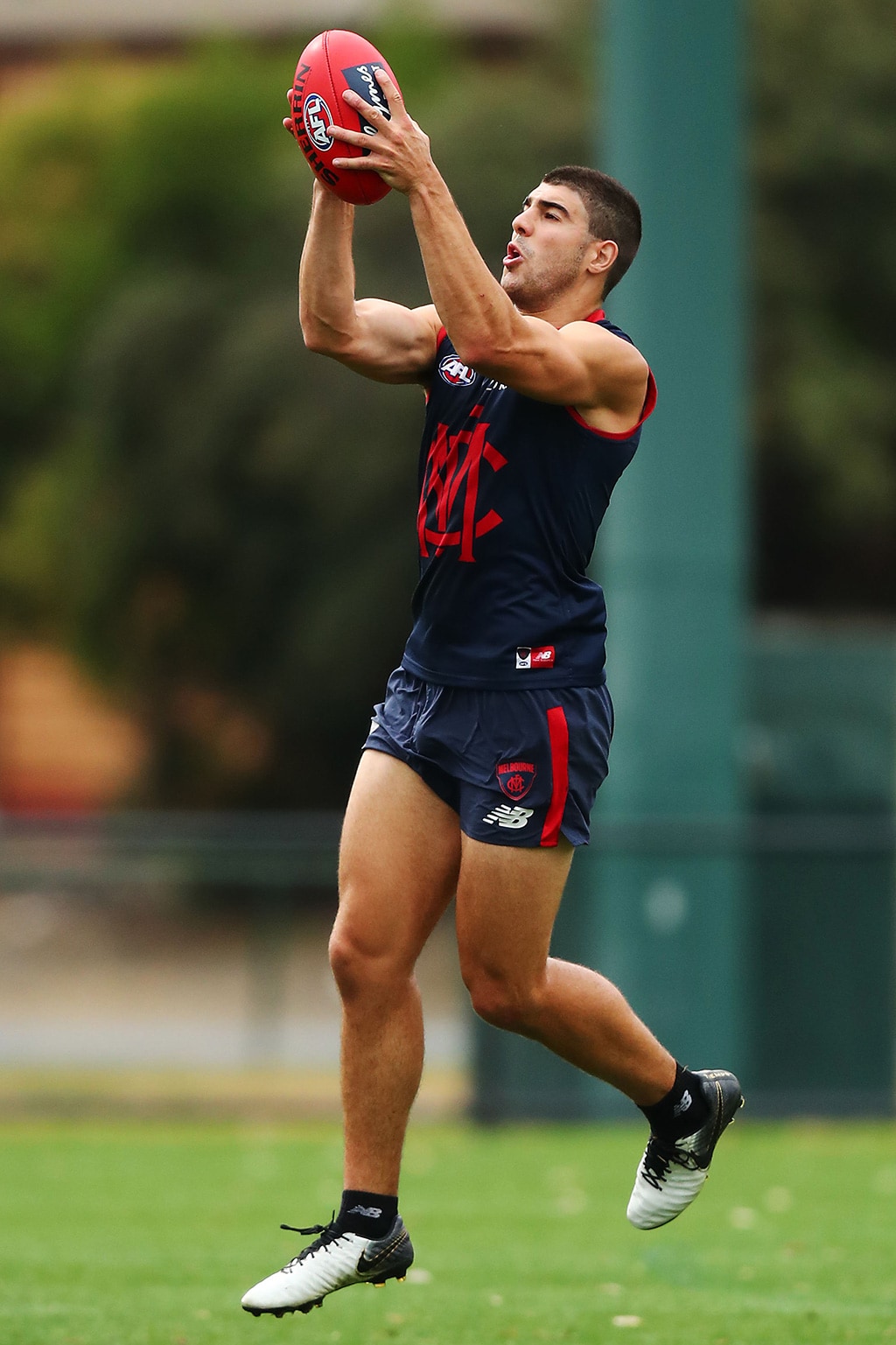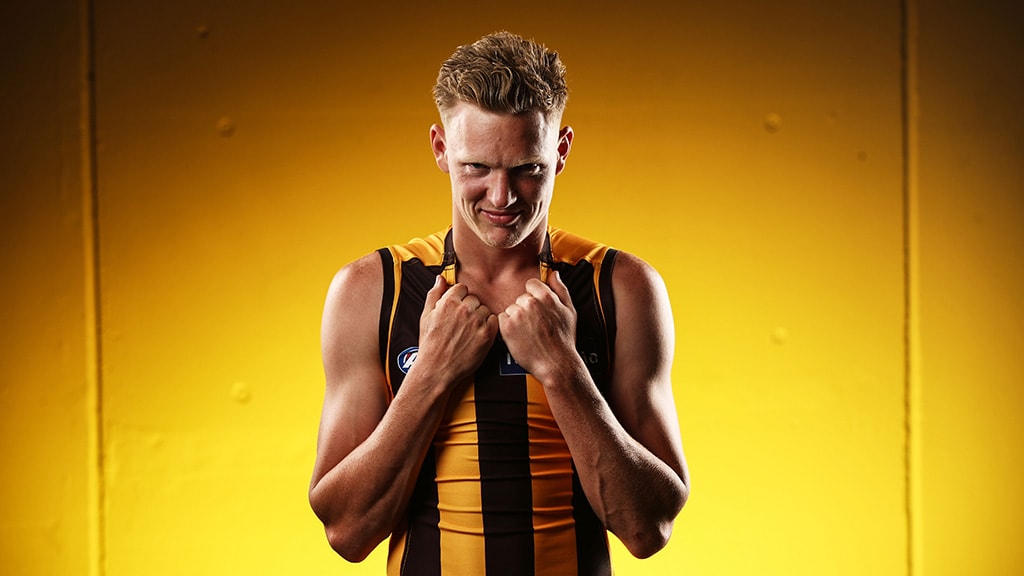MORE one-on-one contests, the rise of midfielders with "fast feet" to burst their way out of stoppages and the potential for more coast-to-coast goals.
These are just some of the things we can expect from the 2019 season as the JLT Community Series begins on Thursday evening.
JLT FULL FIXTURE Where your team's playing its warm-up games
The nine new rules/interpretations introduced for the 2019 season are set to have a key impact.
Based on conversations AFL.com.au has held with people across the football industry, here's what else might transpire with the new rules in place:
- More 'stay at home' forwards
- Creative midfielders with guile and evasive skills
- Dynamic and instinctive play from kick-ins
Although intel remains incomplete and clubs will no doubt look to keep secret some of their tactics through the pre-season, AFL.com.au has done its best to breakdown how clubs are preparing for the year ahead.
More one-on-ones deep forward
Teams will look to isolate their most dangerous player as the deepest forward in a one-on-one situation, which tellingly has often been a small or medium-sized forward in lead-up trial matches.
Some sides could have one or two forwards rushing into the centre square. Other teams may station their forwards in a 'shallow' position in the forward arc thereby creating more space for their deepest forward to operate in a one-out situation and their midfielders to roam forward with the play.
The League is also under the impression that forwards will look to maintain their positions ahead of the footy to maximise the occurrence of one-on-one contests.
Who benefits? Collingwood and Jordan De Goey. De Goey is the prototypical new-age forward, who at 191cm can use his power to beat his opponent in numerous ways.
De Goey could benefit as the deepest forward. Picture: AFL Photos
No more seventh defender… or is there?
Teams no longer have the comfort of pushing a 'seventh man' (spare defender) behind the ball from centre bounces. So, defending in a 'six on six' format becomes critical. However, as noted by one opposition analyst, the rules don't stop teams from folding another defensive player behind the ball if there is a secondary stoppage or in general play.
From a centre bounce, if a team is facing a dominant ruckman, one opposition scout told AFL.com.au that clubs could get one of their defenders to sprint into the centre square to try to prevent a clean breakaway. There would be obvious risk involved, though, with teams then having one less defender opposed to six forwards.
Teams could also take a gamble and have five of their defenders adopt a tight defensive mindset, with one of their backmen given more of a licence to drop off his direct opponent and intercept the ball.
Who benefits? Hawthorn is considered to be one of the most organised defensive teams in the competition. In general play, the Hawks are excellent at manufacturing a situation where they have a spare player behind the ball to assist in providing defensive coverage. Expect Essendon to improve their "defensive layers" with one of their midfielders or wingmen to drop out the back of a stoppage and act as a seventh defender, which is something they've practiced in the pre-season.
Players with speed and power in the midfield
Players who possess high-end speed and power out of stoppages are set to relish the increased room they will be afforded from the introduction of starting positions.
Those that can burst clear from a centre bounce and drive the ball long to create a deep forward entry will become increasingly valuable.
That's why some clubs believe small, nippy midfielders, and even half-forwards, may spend time at centre bounces to maximise their breakaway ability.
One coach even suggested that teams could develop a 'special teams' group of midfielders should they need to exact a quick takeaway at a specific point in the game.
Who benefits? Aside from obvious candidates like Dustin Martin and Patrick Dangerfield, dynamic players such as Christian Petracca and Luke Shuey will do plenty of damage in that phase of the game.
Hawthorn's Luke Breust and Brisbane's Charlie Cameron may also get increased time in the middle as their clubs look to maximise their speed and creativity around clearances.
Can Christian Petracca take his game to another level? Picture: AFL Photos
Retention v territory debate from kick-ins
Most teams will be prepared to take the extra 15m from kick-ins once they play on and clear the ball out of their own defensive 50 by employing their long-kick method.
In match simulation, some teams have employed a specialist kick-in player who possesses speed and a penetrating kick to clear the defensive zone and land the ball up near the wing or inside the centre square in a more attacking mode of play.
Teams may be more prepared to kick to contests on the wing and back themselves to win a mid-arc stoppage, rather than retain possession of the ball inside their own defensive 50. Advancing the ball closer to their forward half will become more desirable.
Once they play-on, zippy players may look to handball and draw the man on the mark which Essendon has practiced in the pre-season with speedy pair Adam Saad and Conor McKenna. The man standing in the pocket could also act as a decoy, and then block for the player kicking in according to one scout.
Who benefits? Collingwood has trialled Darcy Moore in that specialist kick-in role, while Hawthorn's James Sicily appears well-suited to the job given how well he can angle his kicks back into the corridor. Gold Coast has experimented with pacy recruit Jordan Murdoch taking their kick-ins, while Greater Western Sydney will look to utilise Jeremy Finlayson's strong left leg.
James Sicily should thrive with the new kick-in rule. Picture: AFL Photos
Defensive traps and shifting zones
With kicks likely to travel further down the field from kick-ins, it's only natural that the defensive side will shift their zone back several metres to avoid coast-to-coast scores.
One opposition analyst told AFL.com.au teams may be prepared to allow their rivals to kick short to an unopposed target in the pocket and then set up the ground from there. The reasoning: once that kick is made the team defending can control the corridor and then channel the opposition to one side of the field and set their team defence up from there.
Getting the zone in place effectively once a behind is registered from a shot on the run will also prove crucial. A missed shot could be costly with players out of position and the opposition looking to play 'slingshot' football and move the footy quickly from the last line of defence.
Who benefits? Time will tell, but sides who have strong leaders who can organise teammates quickly and effectively will be highly-prized. Luke Hodge may become an even more valuable commodity to Brisbane this season given his ability in marshalling the troops.




